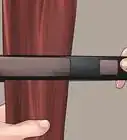This article was co-authored by Courtney Foster and by wikiHow staff writer, Sophia Latorre. Courtney Foster is a Licensed Cosmetologist, Certified Hair Loss Practitioner, and Cosmetology Educator based out of New York City. Courtney runs Courtney Foster Beauty, LLC and her work has been featured on The Wendy Williams Show, Good Morning America, The Today Show, The Late Show with David Letterman, and in East/West Magazine. She received her Cosmetology License from the State of New York after training at the Empire Beauty School - Manhattan.
There are 15 references cited in this article, which can be found at the bottom of the page.
wikiHow marks an article as reader-approved once it receives enough positive feedback. This article received 15 testimonials and 94% of readers who voted found it helpful, earning it our reader-approved status.
This article has been viewed 501,017 times.
Hair can become damaged by many things, from the temperature of your shower to the conditions of your environment. Damaged hair looks and feels brittle and coarse, and can often be more difficult to style. If you want to get your hair looking shiny and healthy, you need only follow a few simple steps, like choosing your hair care products carefully, washing your hair less often, and protecting your hair from damaging environmental conditions.
Steps
Washing Your Hair
-
1Avoid washing your hair every day. Try to wash your hair every 2-3 days, rather than every day. When you wash your hair too often, the water and products you use can strip away the natural oils produced by your scalp, which help to keep your hair healthy. When these oils are stripped away, your hair can become brittle and your scalp may begin to overproduce oil, which could make your hair very greasy.[1]
- When you decrease how often you wash your hair, your hair will feel cleaner for longer after you do wash it.
Tip: Use dry shampoo on the days you don’t use an actual shampoo if you feel the need to wash your hair.
-
2Use sulfate- and silicone-free hair products. Many drugstore products contain chemicals such as sulfates which actually cause more damage to your hair. Ingredients like silicone can clog up the pores that produce natural oils and dry out your hair. Look for natural products that contain less harmful substances.[2]
- Finding out what products work best for your hair is generally a trial and error experience. If you feel like a certain product is making your hair look flat or dull, try a different product.
- Choose products based on your hair type. If desired, you can ask your hairdresser for their recommendations for products formulated for your hair type.
Advertisement -
3Shampoo your hair gently. Shampoo helps to get your hair clean and free of dirt and built up oils. To use shampoo properly, wet your hair first. Then, apply a small amount of the product to the top of your head and scalp. Lather the shampoo and work it into your hair with your fingers. Try to avoid rubbing your hair harshly, as this could cause damage.[3]
- You can also try applying shampoo to your hair by putting some shampoo onto your fingertips. Use your fingers to comb the shampoo into your hair, rather than rubbing your head vigorously.
- Purchase anti-dandruff shampoo if you have dandruff.
-
4Rub conditioner on the ends of your hair. When applying conditioner, try to only apply it to the longest parts of your hair, rather than directly on to your scalp; if you put conditioner on your scalp, it can make your hair very greasy and weigh your hair down. Work the conditioner into your hair with your fingers, leave it on your hair for a few moments, and then rinse it out.[4]
- You do not necessarily need to use conditioner every time you wash your hair, particularly if you are prone to oily hair, but it can help to protect your hair against split ends.
-
5Use cool water to wash and rinse your hair. Taking a hot shower can cause heat damage to your hair, much like using a blow dryer can. To avoid this, try turning the heat down to a lukewarm or cool temperature while you wash and rinse your hair.[5]
- In particular, use cooler water when rinsing out shampoo and conditioner, as heat can counteract the nourishment the conditioner has just given your hair. Cool water can also help to make your hair look shinier.
-
6Try deep conditioning your hair once a week. While you do not need to use conditioner every time you wash your hair, you may find that your hair becomes more healthy if you deep condition your hair once a week. To deep condition your hair:[6]
- Lather conditioner along the length of your hair. Let the conditioner soak into your hair for 10 to 15 minutes before you rinse it out.
- Once it has been rinsed out, use your shampoo and conditioner as you would during a regular shower. When washing the conditioner out for the second time, use your hands to smooth down your hair, rather than rubbing your hair to get the conditioner out.
- Blast your hair with very cold water once the conditioner has been washed out to close the cuticle and restore the shine.
-
7Wash your hairbrush regularly. Along with washing your hair regularly, you should also wash your brush regularly. When your hair is oily, that oil can get on to your hairbrush. When you brush your hair, that oil can then get spread through your hair.[7]
- Wash your brush with warm water and shampoo. Let it air dry completely.
-
8Let your hair air dry. Try to avoid towel drying your hair, or using a blow dryer. When you rub your hair with a towel or wrap your hair up in a towel while it is still wet, the towel can actually rub against your hair and cause split ends and make it frizzy.[8]
- Instead, use an old T-shirt or a pillowcase to dry your hair off. These fabrics are softer than towels and are less likely to do damage to your hair.
- A microfiber towel is gentle enough to use on your hair without causing frizz or damage.
Using Products and Brushes to Keep Your Hair Healthy
-
1Determine what kind of hair you have. If you do not know what kind of hair you have, it is important to figure it out so that you can purchase products and use techniques that work well for your hair type. Consider the length, thickness, and texture of your hair to determine the type.
-
2Use dry shampoo if your hair looks greasy. When your hair begins to look greasy, but you don’t want to wash it yet, you can add some dry shampoo to help your hair look clean. Hold the can 10 inches (25 cm) from your hair and spray it on your roots in short bursts. Massage the product into your scalp, then comb through your hair when you’re done.[9]
-
3Try using natural oil to moisturize your hair. If store-bought products leave your hair feeling greasy, some natural products may help to give your hair an added glow without the grease. To use these natural oils, apply 1⁄2 tablespoon (7.4 mL) of the oil to your clean hair, from the mid-lengths to the ends. The oil will help your hair to retain moisture and make it look smooth and silky.[10]
Note: Like with shampoos and conditioners, finding out which oils work best for you will most likely be a process of trial and error. The most common oils used to moisturize hair include coconut, almond, avocado, Moroccan, or castor oil.
-
4Use natural powders to nourish your hair. There are some natural powders that you can also use to give your hair a boost. These natural powders help to soften and nourish your hair. To apply them, simply rub a small amount of the powder into your scalp and hair.
- Common powders include mustard, ginger, Brahmi, and amla.[11]
-
5Pick out the right brush for your type of hair. Consider your hair type when you are selecting your brush or comb. You should also consider the challenges you face with your hair.[12]
- Boar hair brushes work well on thick, long hair and help to achieve a smooth, shiny blown-out look.
- Nylon hair brushes work well on medium hair and help to detangle even the wildest of manes.
- Plastic brushes are all-purpose brushes that work on every type of hair, but particularly work well for very thick hair.
- Small-toothed combs work well for short, thin hair.
- Wide-toothed combs work well for short, thick hair.
-
6Do not brush your hair while it's wet. Wait until your hair has nearly dried before using a wide-tooth comb to detangle knots. Hair is at its weakest when wet, and therefore is more susceptible to damage.[13]
- Some people with curly hair maintain that they don’t brush their hair at all. If you have curly hair that gets frizzy, consider brushing your hair less often.
-
7Cut back on how often you brush your hair. Brushing your hair multiple times a day can actually make your hair look greasier. Instead, try to brush your hair once in the morning and once at night.[14]
- Try combing your hair with your fingers if it gets very tangled.
-
8Use hair ties that won’t damage your hair. Hair ties can break hair and cause split ends. If you put your hair up a lot, try to find hair ties that do not break hair or cause knots. You should also wear your hair in loose ponytails, rather than wrapping your hair up very tightly, as doing this can cause more damage.[15]
Using Heat-Styling Tools Wisely
-
1Purchase quality heat-styling tools. While you should try to avoid using heat-styling tools as much as possible, you should purchase quality tools for the days where you want to straighten, curl, or blow dry your hair. Cheaper models often cause more damage to your hair because they are made with less high-quality parts. Also, they often don’t have multiple temperature settings, so have to use the highest temperature, even if you don’t need it.[16]
-
2Use heat-protectant spray before using heat-styling tools. Before you use a blow dryer, straightener, or curling iron, apply a heat-protectant protectant product to your hair to decrease the damage from the heated tools. Wait until your hair is roughly 50% dry, and then spray the heat protection on to your hair. You can then comb the protectant through your hair gently, either using your fingers or a wide-toothed comb.[17]
- Dry your hair on medium or low-heat for an added amount of protection.
Tip: Don't use silicone-based products before using heating tools. They can fuse to your hair and suck the moisture out of it. Wait until you've finished styling, and then you may apply things such as frizz serums.
-
3Avoid using the nozzles that come with hairdryers. These nozzles keep the heat trained on one part of your hair, which can increase the amount of damage that is done. Instead, simply point the hairdryer downwards to achieve the same effect as a nozzle.
-
4Avoid heated tools if your hair is damaged. If you have damaged hair, swear off heated tools entirely until your hair is healthy again. These tools can cause serious damage to already dry or broken hair.
-
5Try heat-free styling techniques. Instead of using a blow dryer, flat iron, or curling iron every day, try out some heat-free techniques for cute styles. For example, you can use ribbons, bobbles, or headbands in your hair. Other ideas include:[18]
- Round boars hair brushes work well when trying to smooth and straighten out your hair without a straightener. These large round brushes can help to make your hair look sleek.
- When your hair is still a little damp, twist it up into a bun and secure it with bobby pins (if necessary). Leave your bun up for an hour or so and then take it down for soft, natural waves.
- Braid your hair when it is very slightly damp before you go to bed. In the morning, take the braid out and your hair should look naturally wavy.
Maintaining Your Hair Health
-
1Don’t pick at your hair. Playing with your hair can make your hair become greasier because of the oils that you naturally have on your fingers. You should also try to avoid pulling or picking at split ends, as doing this will only make the situation worse.
-
2Get your hair trimmed often. If you are prone to split ends, get your hair trimmed often to keep it looking healthy. Try to get your hair cut every 3 months, and consider getting it trimmed every 6 weeks.[19]
Tip: If you have severely damaged hair, consider getting a very thorough cut. This means that all of the dead hair should be cut away, which may leave you with a short haircut.
-
3Don't change your hair colour too often. Try to avoid dying your hair too often, as dye can really dry out and damage your hair. Hair dye contains main harsh chemicals that can leave your hair dry and broken.[20]
- If you want to continue to dye your hair, wait until your roots grow out a bit before dying your hair again.
-
4Eat healthy foods. By choosing the correct foods, you can increase hair growth and repair and prevent hair loss. If you do not get enough nutrients each day, your hair will most likely become thin.[21]
- Make sure you are eating enough protein. Hair is made of protein, so eating plenty of meat, eggs, and other protein-rich foods will give your body what it needs to grow and repair your hair.
- Look for foods containing Omega 3 fatty acids and other essential fatty acids. This includes oily fish, (eg. salmon, tuna and mackerel), and almonds.
- Vitamins B6 and B12 are also good for your hair.
-
5Drink lots of water. Healthy hair needs to be hydrated, so make sure you drink plenty of water to give it the hydration it needs. This will also help to hydrate your skin and nails, as well as making you feel healthier.[22]
-
6Don't let your environment affect your hair. Pollution, smoke and smoking all dry out your hair. Do your best to limit the amount that you smoke or are around others who smoke, and avoid heavily polluted areas.
-
7Protect your hair from the sun. If you are often out in the hot sun, then protect your hair by wearing a hat or bandana; doing this can also help to protect your skin from getting burnt.[23]
- If you don’t like wearing hats, apply products that can protect your hair from the sun, such as protective leave-in conditioner, or watered down sunscreen.
- Try to avoid using products that contain alcohol if you are going to be out in the sun, as these can damage your hair even more.
-
8Keep your hair from being damaged by harsh chemicals. When you go swimming, protect your hair from harsh chemicals such as chlorine. Use a spray leave-in conditioner before going swimming to minimize the amount of chlorine that your hair can absorb. For maximum protection from the chlorine you can either avoid getting your hair wet, or wear a swimming cap.[24]
- If your hair gets damaged by chlorine, try mixing a small amount of vinegar into your shampoo to help restore your hair’s natural strength, or you can add about 1 teaspoon of olive oil into your leave-in conditioner (if you have one) since olive oil helps strengthen hair.
Expert Q&A
Did you know you can get expert answers for this article?
Unlock expert answers by supporting wikiHow
-
QuestionWhat makes your hair grow faster?
 Laura MartinLaura Martin is a Licensed Cosmetologist in Georgia. She has been a hair stylist since 2007 and a cosmetology teacher since 2013.
Laura MartinLaura Martin is a Licensed Cosmetologist in Georgia. She has been a hair stylist since 2007 and a cosmetology teacher since 2013.
Licensed Cosmetologist
-
QuestionHow can we stop hair damage?
 Laura MartinLaura Martin is a Licensed Cosmetologist in Georgia. She has been a hair stylist since 2007 and a cosmetology teacher since 2013.
Laura MartinLaura Martin is a Licensed Cosmetologist in Georgia. She has been a hair stylist since 2007 and a cosmetology teacher since 2013.
Licensed Cosmetologist
-
QuestionHow do you properly take care of your hair?
 Laura MartinLaura Martin is a Licensed Cosmetologist in Georgia. She has been a hair stylist since 2007 and a cosmetology teacher since 2013.
Laura MartinLaura Martin is a Licensed Cosmetologist in Georgia. She has been a hair stylist since 2007 and a cosmetology teacher since 2013.
Licensed Cosmetologist
References
- ↑ https://www.stylist.co.uk/beauty/the-golden-rules-of-good-hair-care-simple-steps-to-get-beautiful-happy-healthy-hair-celebrity-hairdresser-tips-advice/135381
- ↑ https://www.self.com/story/sulfate-free-shampoo
- ↑ https://www.aad.org/public/kids/hair/hair-care
- ↑ http://stylecaster.com/beauty/how-to-wash-your-hair/
- ↑ https://food.ndtv.com/beauty/how-to-maintain-healthy-hair-the-hacks-youve-been-missing-out-on-1217364
- ↑ https://food.ndtv.com/beauty/how-to-maintain-healthy-hair-the-hacks-youve-been-missing-out-on-1217364
- ↑ https://www.realsimple.com/beauty-fashion/hair/tools-techniques/clean-hairbrush
- ↑ https://www.aad.org/public/kids/hair/hair-care
- ↑ https://www.goodhousekeeping.com/beauty/hair/a33710/dry-shampoo-tips/
- ↑ https://www.babble.com/beauty/the-benefits-of-natural-oils-for-your-hair/
- ↑ https://www.essence.com/2016/01/20/why-ayurvedic-treatments-help-promote-growth
- ↑ https://www.glamour.com/gallery/best-hair-brush-for-every-hair-type
- ↑ https://food.ndtv.com/beauty/how-to-maintain-healthy-hair-the-hacks-youve-been-missing-out-on-1217364
- ↑ https://www.cnn.com/2012/01/13/living/hair-myths-o/index.html
- ↑ https://www.harpersbazaar.com/beauty/hair/a15545/how-to-avoid-hair-tie-damage/
- ↑ http://stylecaster.com/beauty/heat-styling-tools/
- ↑ http://stylecaster.com/beauty/heat-styling-tools/
- ↑ https://www.allure.com/story/pinterest-no-heat-hairstyles
- ↑ https://food.ndtv.com/beauty/how-to-maintain-healthy-hair-the-hacks-youve-been-missing-out-on-1217364
- ↑ https://www.aad.org/public/kids/hair/hair-care
- ↑ https://health.usnews.com/health-news/articles/2012/08/08/dos-and-donts-of-healthy-hair
- ↑ https://health.usnews.com/health-news/articles/2012/08/08/dos-and-donts-of-healthy-hair
- ↑ https://www.aad.org/public/kids/hair/hair-care
- ↑ https://www.aad.org/public/kids/hair/hair-care
About This Article
To look after your hair better, use products that are sulfate- and silicone-free since those chemicals damage hair and clog pores, respectively. Then, to prevent breaking your hair, let it air dry after your shower, or dry it off with a pillowcase. Wrapping your hair in a towel or using a blow dryer can cause damage, so avoid those methods especially. You should also wait until your hair is nearly dry before combing or styling it. For more tips on looking after your hair, including ways to take care of your hair more naturally, keep reading!
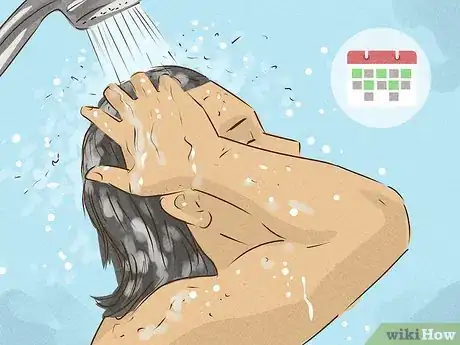
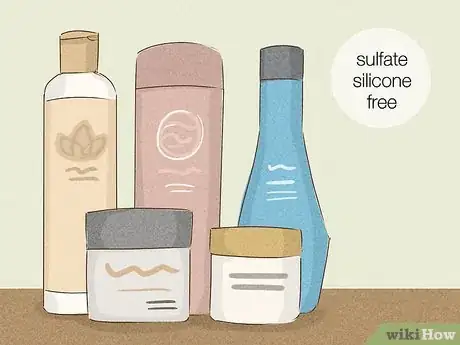
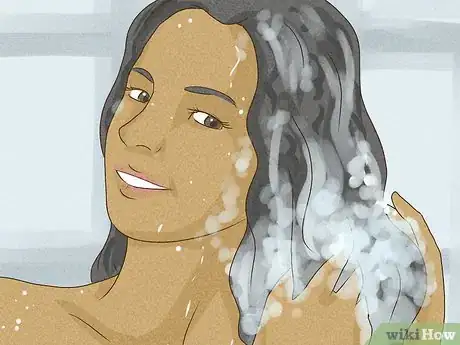
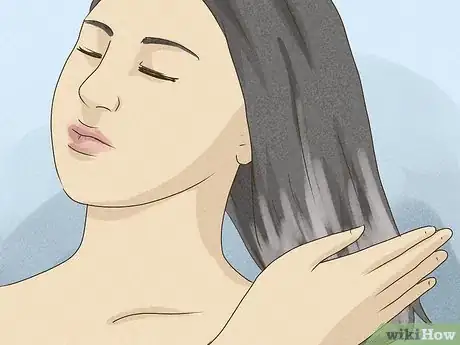


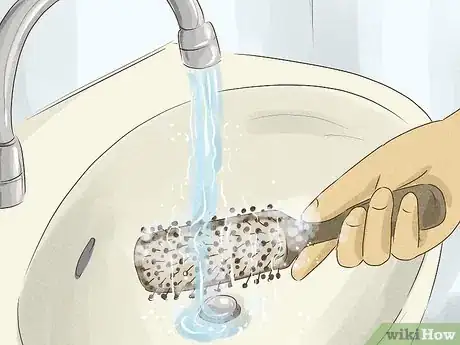
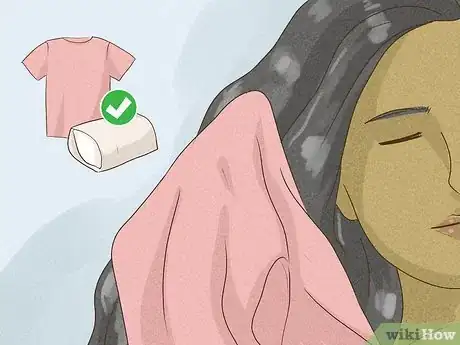
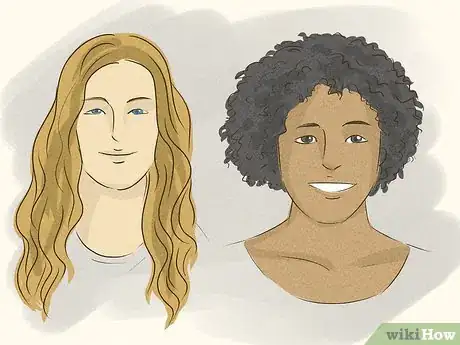
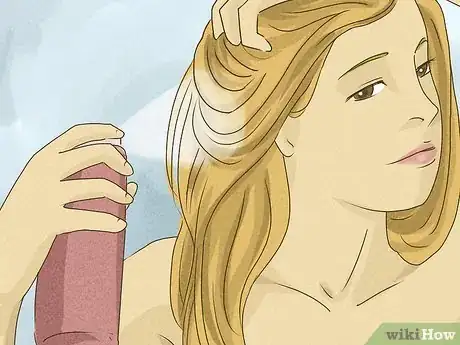
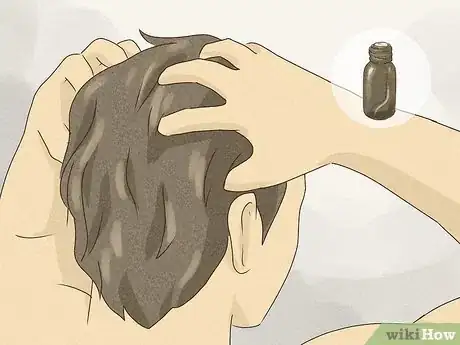
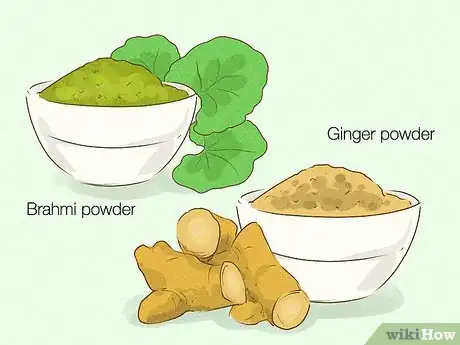
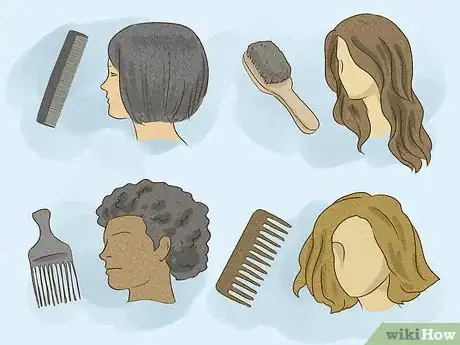
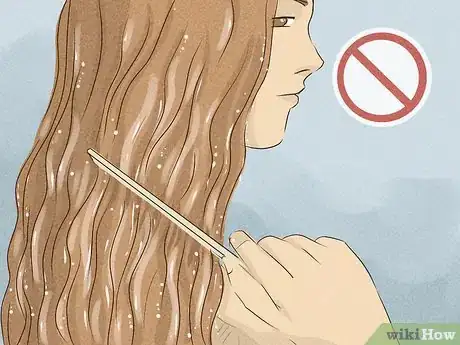

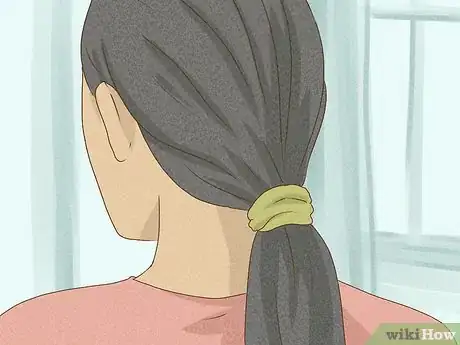
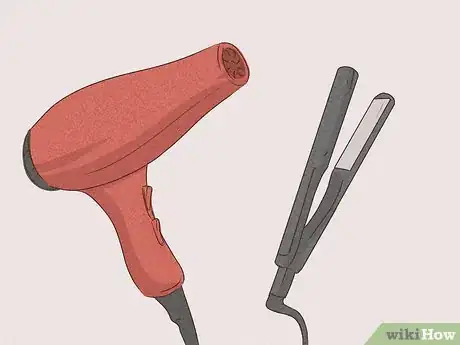
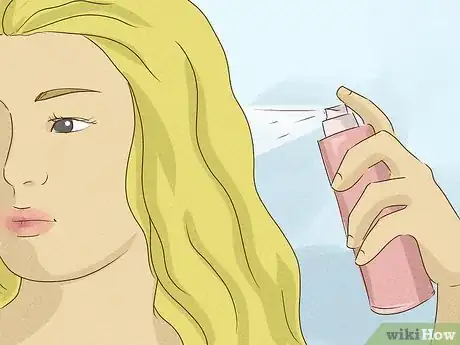
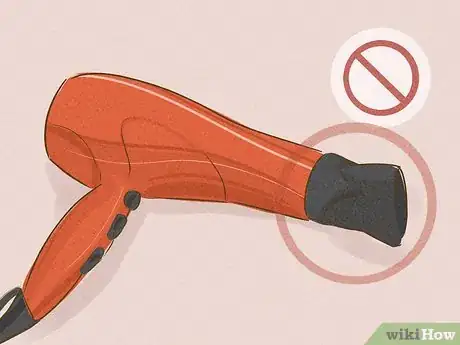
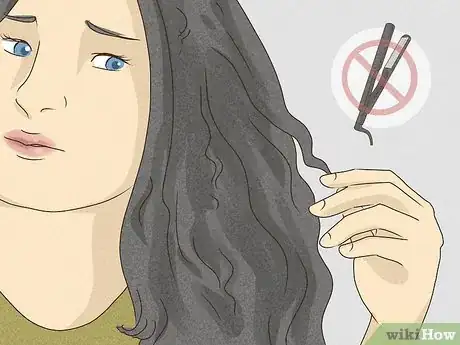
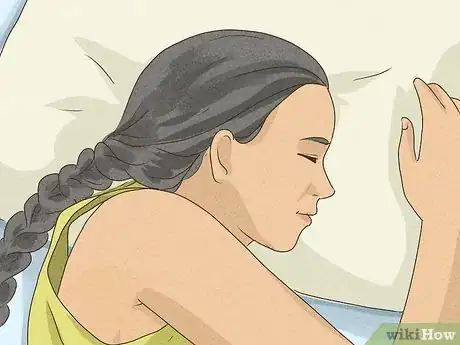
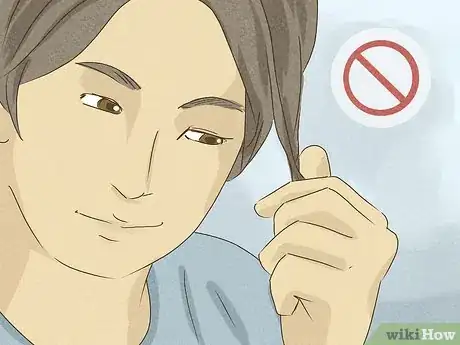

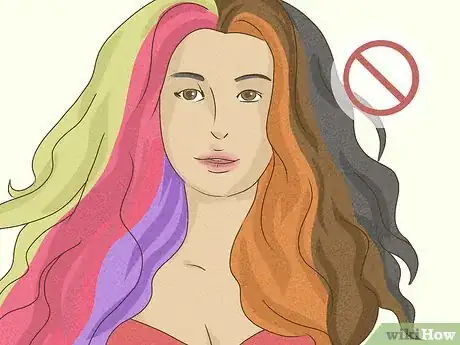
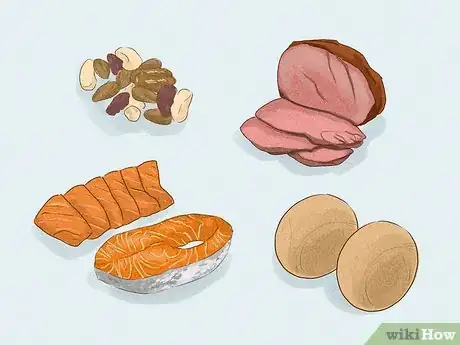
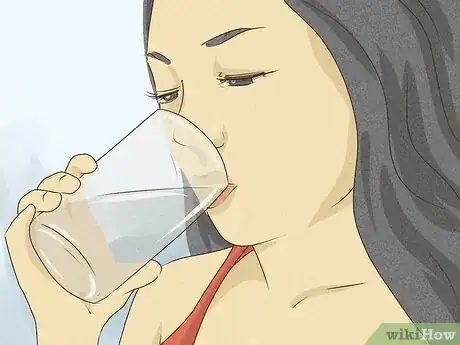

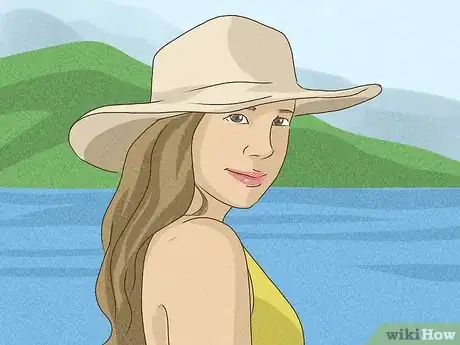
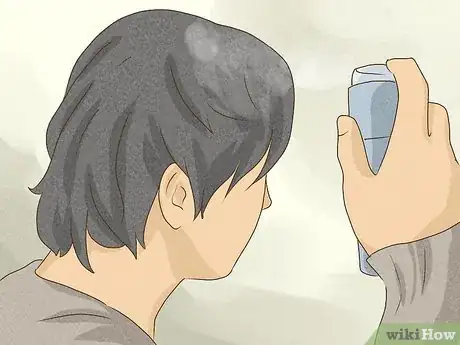

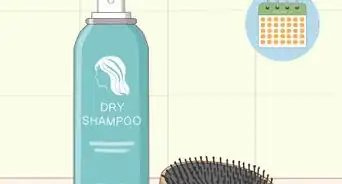
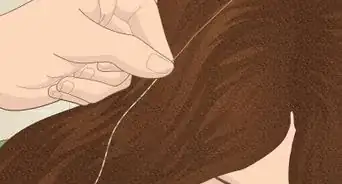


-Step-1-Version-8.webp)
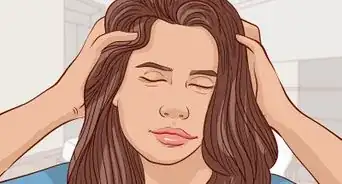











-Step-12-Version-3.webp)

